From the Chicago Reader (June 23, 1995). — J.R.
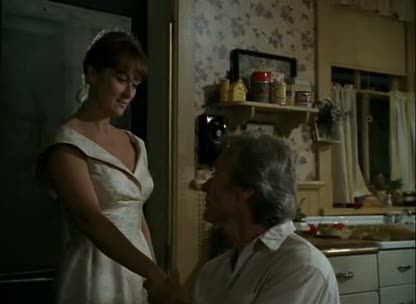
It’s amazing what an Oscar can do. Clint Eastwood’s career as a filmmaker was viewed by many as a cranky, uneven enterprise until he was anointed by the academy for Unforgiven. Now it’s clear that in many quarters he can do no wrong, even though A Perfect World and The Bridges of Madison County show no particular improvement in his work. (For starters, both films are longer than they need to be.) His skill in realizing and giving shape to the scripts of others is sometimes praised so highly it’s as if people thought the movie had emerged full-blown from his Zeus-like head. Whatever the achievements of The Bridges of Madison County (and they aren’t to be sneezed at), there’s a strong temptation to credit Eastwood with resuscitating the star system, the Hollywood tearjerker, and classical mise en scene (as I’ve done in my own capsule review). Yet at best he’s performing yeoman service on a so-so adaptation of a lousy novel, plunking his customary persona in the middle of it as if that were all it needed to achieve greatness.
Let’s face it, the danger of the star system is that it’s predicated to some degree on a blind worship of power; we’re encouraged to rationalize imperfections, slide over contradictions, and go with the oceanic flow. Read more
From the Chicago Reader (August 6, 1993). — J.R.
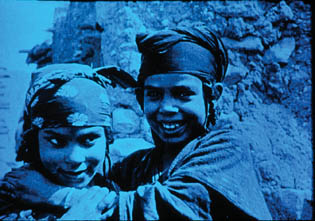
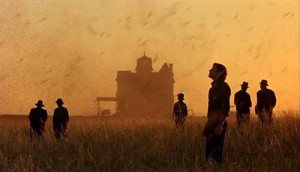
LYRICAL NITRATE *** (A must-see)
Directed and written by Peter Delpeut
VISIONS OF LIGHT: THE ART OF CINEMATOGRAPHY *** (A must-see)
Directed by Arnold Glassman, Todd McCarthy, and Stuart Samuels Written by Todd McCarthy.
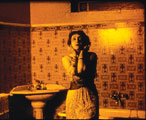
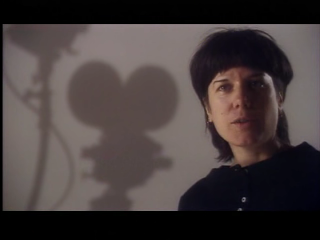
I realize it sounds strange to put it this way, but the special pleasures to be found in Lyrical Nitrate -– a 50-minute compilation of fragments of silent films made between 1905 and 1915, showing this Saturday and Sunday at the Music Box -– are closely related to the voyeuristic appeal of pornography, specifically old-fashioned stag reels. The experience of watching these fragments is, like the fragments themselves, fleeting and therefore tantalizing, suggestive and therefore provocative -– and so far off the beaten track of what’s supposed to be viewer friendly in our culture that I’m reminded of J. Hoberman’s speculation in the second edition of Midnight Movies, a book we coauthored: “Imagine if one had to go out at midnight to some seedy theater to see projected tapes of The Simpsons. Read more
From The Soho News (May 20-26, 1981). I’m sorry that I still haven’t managed to see Vermont in 3 1/2 Minutes, a 1963 film made by a childhood friend of mine — and that I haven’t been able to find any more illustrations for the small-gauge films that I wrote about here….My expressed feeling of solidarity with Squeeze Play was no doubt inflected by the fact that I was living in Hoboken at the time. — J.R.
May 8: At Anthology Film Archives, to see a program in “Home Made Movies: 20 Years of American 8mm and Super-8 Films” — an intriguing and varied series selected by Jim Hoberman that runs through the end of next month, warmly recommended to everyone without money who nurtures fantasies about taking over the media. I learn straight away that Linda Talbot’s Vermont in 3 1/2 Minutes is being replaced by Bear and Jane Brakhage’s Peter’s Dream, a title glossed by Jonas Mekas as referring to Peter Kubelka.
This reminds me of a somewhat troubled notion that first reared its inglorious head when I had the occasion to view all the films in the Whitney’s previous Biennial. The idea is simply that a surprising number of North American avant-garde films seem to center on the same general obsession as The Deer Hunter or Manhattan — namely, a boastful inventory of male possessions: This is my hometown, my house, my rifle, my dog, my Bolex, my woman, my art. Read more





